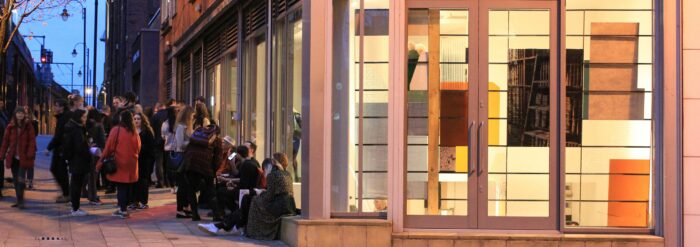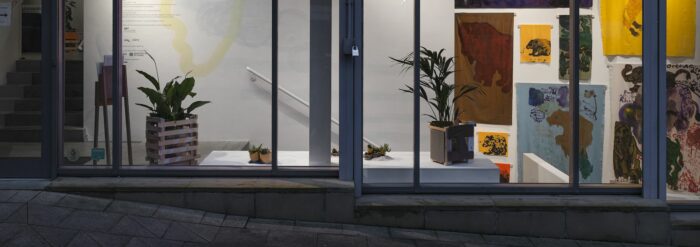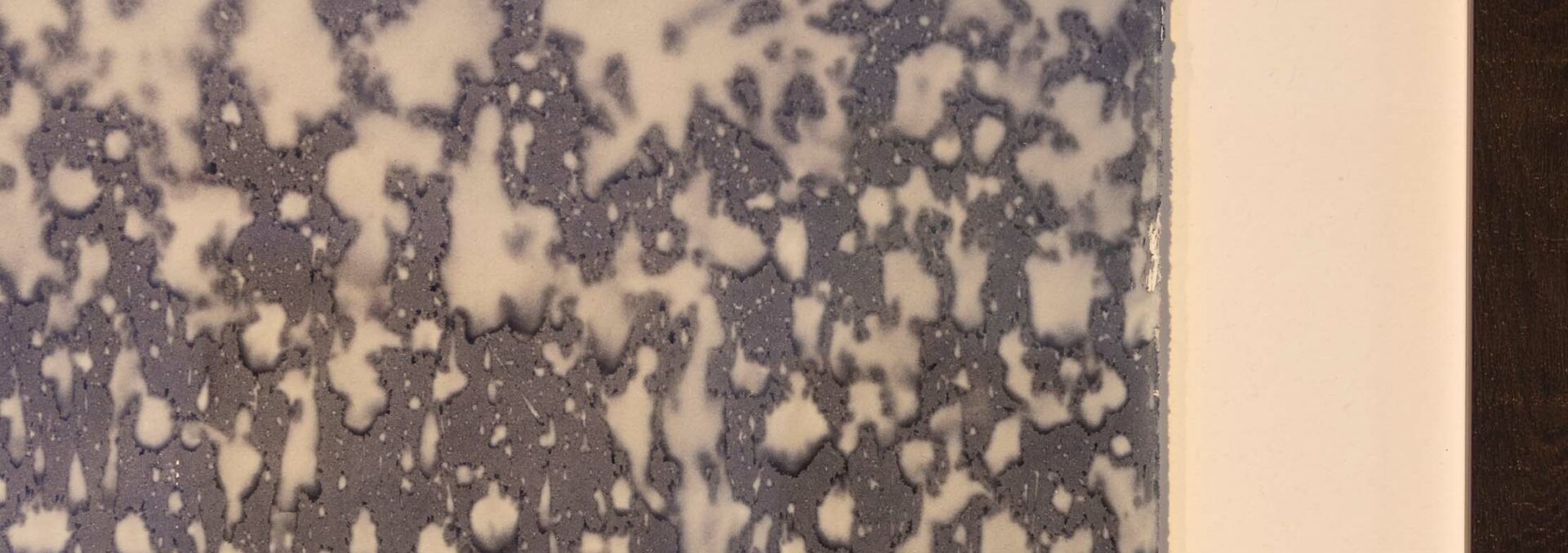
Environmental Responsibility
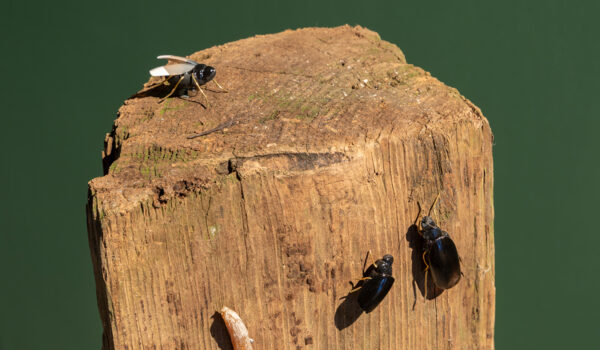
Castlefield Gallery aims to operate with a regenerative mindset: seeing the world as built around reciprocal and co-evolutionary relationships where humans, other living beings and ecosystems rely on one another for health and wellbeing, and shape (and are shaped by) their connections with each other. We recognise that addressing the interconnected social and environmental challenges we face is dependent on rebalancing and restoring these relationships.
Castlefield Gallery is committed to Manchester’s 2038 net zero objective. The 2018 IPCC stated that global emissions need to halve between 2018/19 and 2030 in order for us to have a chance of keeping global temperature increase to 1.5 degrees. The gallery’s 2018/19 emissions were skewed by long distance air travel and so, in keeping with our high level of ambition in this area, we have used our 2021/22 figure of 5 tonnes CO2e emissions as our baseline. Our target is to reduce our emissions to 2.5 tonnes CO2e in 2029/30, with an interim emissions target of 3.5 tonnes carbon dioxide equivalent (CO2e) in 2026/27.
We aim to further reduce our carbon emissions to 0.48 tonnes CO2e for 2038, a reduction of 90-95% from 2021/22. This is in line with the Net Zero Standard developed by the Science Based Targets initiative, which requires offsetting or carbon removal to be used for no more than the final 5-10% of a Net Zero target.
Castlefield Gallery has an Environmental Policy and Action Plan and submits information annually to Arts Council England and Manchester City Council. We are taking action to embed best practice principles in the following areas:
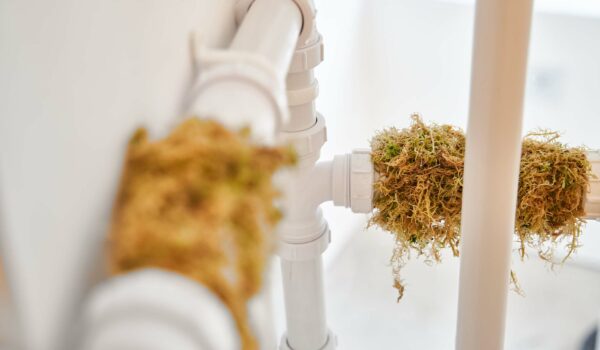
Energy use
In recent years our main carbon impact has come from electricity, mainly heating for the gallery. We have installed LED lighting, and building temperatures are monitored and have a max limit. We are currently scoping capital investment to address major capital needs for further reducing our impacts, e.g. double glazing, a new door system, air source heat pump and replacement of key assets such as an accessible lift.
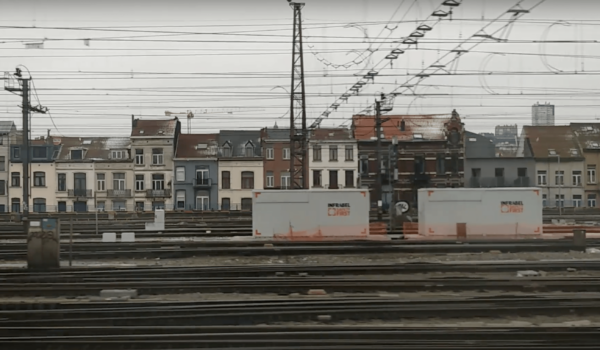
Travel and transport
Since 2018, Castlefield Gallery has prioritised slow or no travel for international work, e.g. the 2018 artist delegation to Budapest by train, the 2022 SUSTAIN Slow Travel Residency Exchange and Digital Exchange Manchester/Denmark, the 2021 & 2022 Peer-to-Peer HK/UK digital exchange and Gallery Director Helen Wewiora’s 2023 train trip to give workshops at Juxtapose Art Fair in Denmark.
The gallery does not use internal flights within the UK (unless for emergency or health/access reasons). Where possible within the scope of staff time, cost and route feasibility, we encourage international travel across the team to be overland/by sea. Staff use bike, public transport or hybrid vehicles for commuting and local/regional business travel. Castlefield Gallery enables budgets and time for supporting staff to use low carbon travel business and when private or contract vehicles are used for business transport, reasons for use of vehicles are combined and routes planned to reduce carbon emissions.
We encourage visitors to choose low impact options when travelling to the gallery, prioritising cycle and public transport on our Visit page.
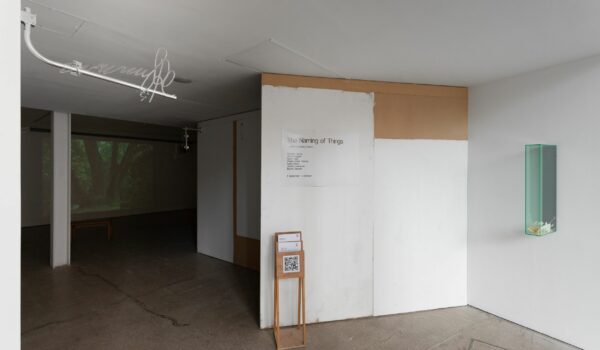
Procurement and materials
We are committed to reducing our use of materials and to this end, we reuse materials from one exhibition to the next where we can, developing an aesthetic where we highlight rather than hide the fact of reuse.
Castlefield Gallery operates an ethical supplier list and has pledged not to use single use plastics.
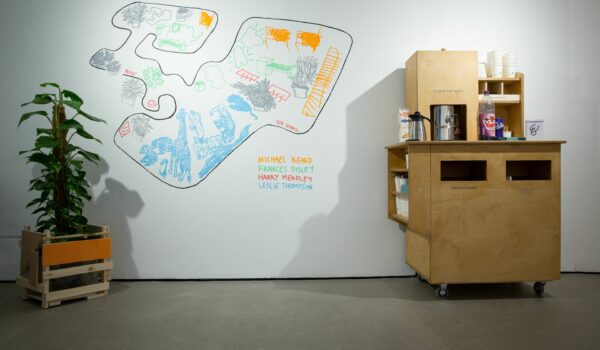
Waste
We minimise waste by reusing materials for exhibition installs wherever possible and in addition we aim to factor the recycled content and recyclability of exhibition materials, retail products etc. into our procurement. Most of the waste that we do produce is sent for recycling with local social enterprise EMERGE.
We aim to meet the Gallery Climate Coalition recommendation that arts organisations aim for zero waste operations (or as near as possible) by 2030 – in other words, all waste should be avoided, reused, recycled or composted by that date.
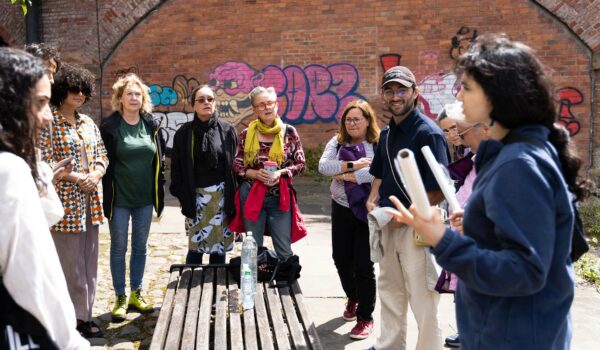
Organisational culture and activity
Over the last ten years we have taken a variety of steps to embed a low carbon, regenerative culture within the organisation. We currently work with artist and long-term Castlefield Gallery staff member Jane Lawson as our Artist Environmental Lead. Jane is responsible for activities such as the gallery’s environmental monitoring and reporting, programmes such as SUSTAIN and events such as Digital Decarb, and for co-ordinating the SPARK network for North West artists wanting to intervene in the climate crisis.
Castlefield Gallery is signed up to the Manchester Commitment to Act and all staff and volunteers sign an Emissions Reduction Pledge. Sustainability is a standing item for Board meetings, and we regularly hold dedicated staff meetings with an environmental focus. Gallery staff are undergoing Train the Trainer training in order to meet our target of all staff and volunteers being trained in carbon literacy.
Castlefield Gallery is a long-standing member of GMAST (Greater Manchester Art Sustainability Team), which is a member of the Manchester Climate Change Partnership, and a newer member of the Gallery Climate Coalition.
Beyond its own impacts, the gallery is also involved in a number of local climate initiatives in Manchester, helping to support and promote broader action on these issues. The Gallery has made a public commitment to these issues and their importance by launching the SPARK network, co-founding Hybrid Futures (a multi-organisation project exploring collective and more sustainable ways of working) and by continuing to programme environmentally-themed exhibitions and events. As part of Hybrid Futures, Castlefield Gallery staff and artists have been working with Gallery Climate Coalition sustainability consultant Danny Chivers to identify ways to further reduce our environmental impacts.
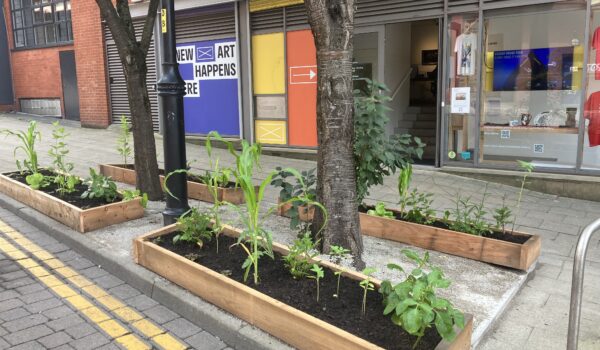
Castlefield Gallery Garden
The garden has been established in July 2025 as a result of the exhibition project ANEW Way to Peel an Orange.
Castlefield Gallery Garden has been made by Artist and Designer Joe Hartley and the ANEW recovery community and is being further developed and maintained by Evening Gardening Club at All Together Otherwise.
For updates on the garden keep checking this page: Castlefield Gallery Garden
Castlefield Gallery Environmental Report 2024/25
Links
As part of Hybrid Futures, Castlefield Gallery staff and artists have been working with Gallery Climate Coalition sustainability consultant Danny Chivers to identify ways to further reduce our environmental impacts. Click below to read his case study
Hybrid Futures Case StudyIf you wish to download our 2024/25 Environmental Report, click the link below
2024/25 Environmental ReportIMAGES
Banner:
- Jessica El Mal, Spring Rain 09.12.2022. Photographed by Jules Lister.
From top to bottom:
- Jocelyn McGregor, Manicure Beetle (2022). Photographed by Jules Lister.
- Gregory Herbert, Entangled Ways of Being (2022). Photographed by Rob Battersby.
- Image courtesy of Castlefield Gallery.
- The Naming of Things, installation view (2021). Photographed by Jules Lister.
- Thumbs Up, installation view (2020). Photographed by Annie Feng.
- Mapping Water: A Cyanotype Workshop with Kimiā Collective (2023). Photographed by Kate Hardy.
